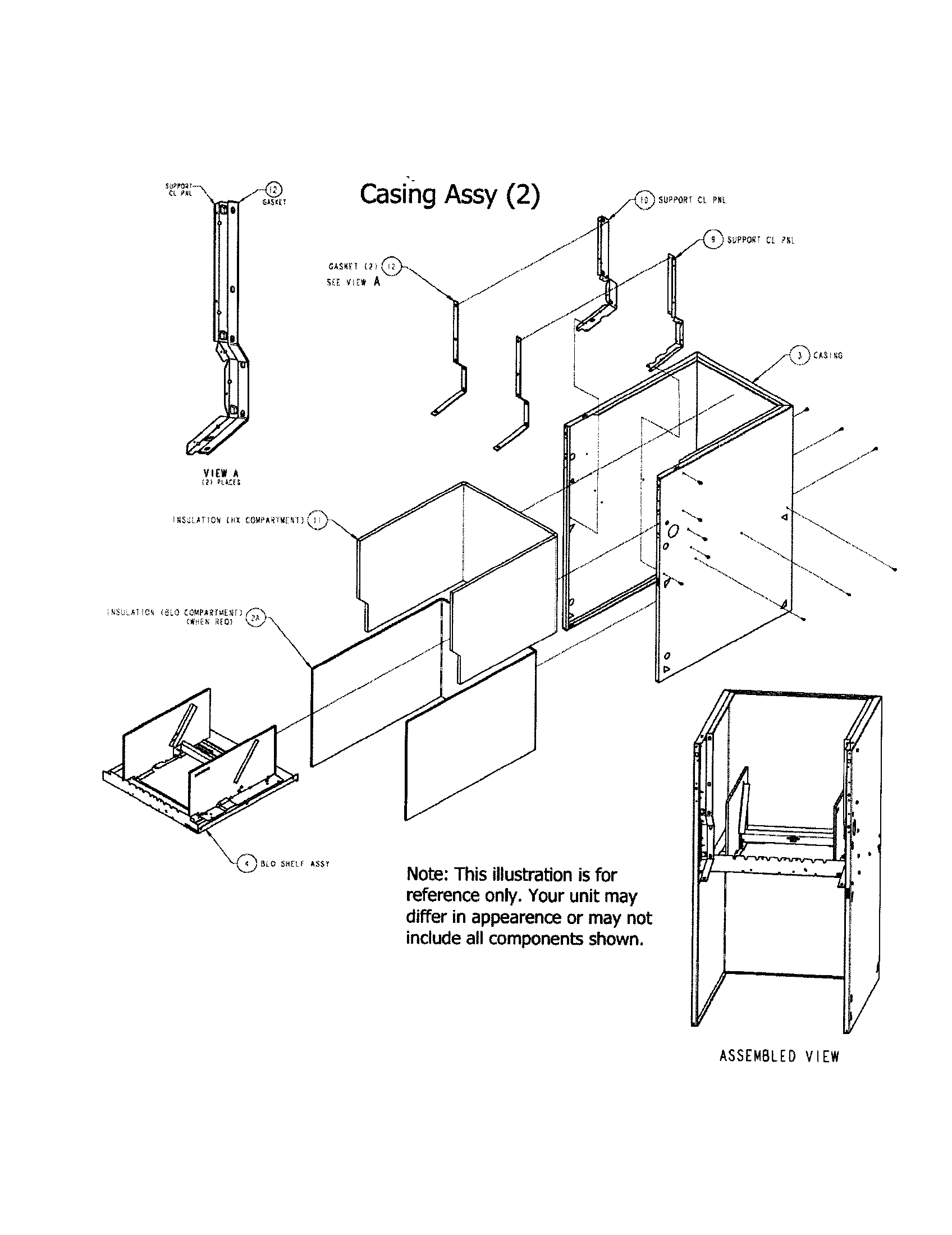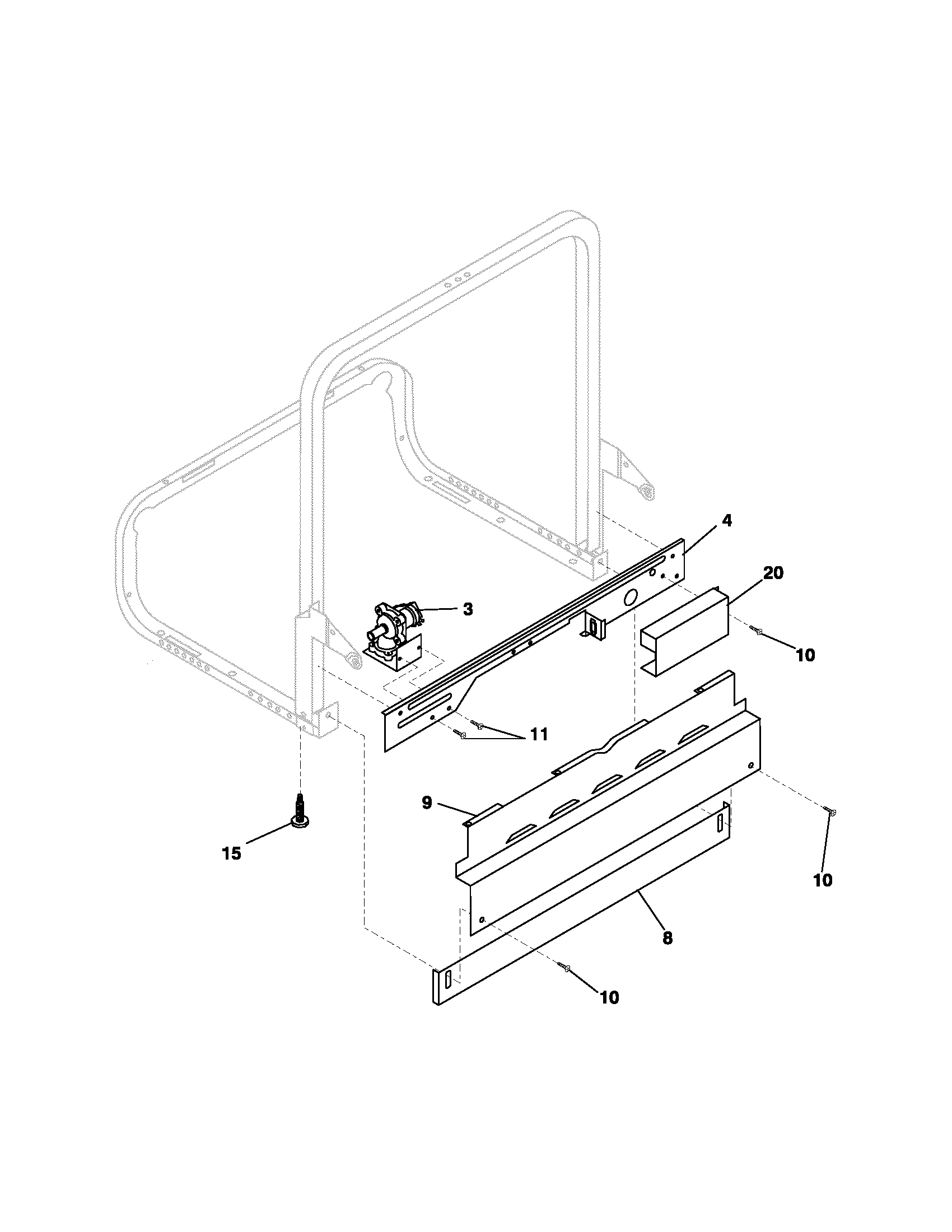Bgu07512a Manual
Lennox 10ACB36-5P (1997) Furnace is Coleman Evcon Model BGU10016A Thermostat Hunter Air Temp Plus Model 44422 I just turned my AC on for the first time in a year. The Lennox AC seems to be working fine outside the house. The fan on top of the AC is running smoothly and the unit seems to be running at normal speed.
When you see this symbol on the furnace and in instructions or manuals, be alert to the potential for personal injury. Installation Instructions KCABA0301ACD.
- Appliance manuals and free pdf instructions. Find the user manual you need for your home appliance products and more at ManualsOnline.
- Bgu07512a Manual manual 97 yamaha exciter service manual lubrication guide coleman furnace product support school coleman heating and air conditioning: your connection for.
Inside, the ducts on the furnace are getting cold but the blower in the furnace to blow the cold air throughout the house is not working. I've left it on for an hour, no luck. Now, If I turn the furnace on to heat. The blower works blowing, heat throughou the house. Just the AC can't get the blower to work in the furnace. Any help would be appreciated. I have all the manuals for the Lennox and my logic leads me to believe it might be the Start Capacitor C7, or the Potential Start Relay K31.

I'm a newbie here and hopefully I can get help and give it in the future. I want to change the thermostat. I contacted Honeywell about their Wi Fi Thermostats. Honeywell Wi-Fi Smart Thermostat with Voice Control Honeywell Wi-Fi Smart Thermostat I sent them the pic below and this was the response I received from them. I guess I didn't get a positive answer.
And I don't know really how to identify his answer. Any suggestions? Good afternoon, Thank you for sending in the photos. There is one wire missing that I'm not able to see from the photo if you have or not, and that would be a wire on the 'C' terminal, it could also be labeled '24v' or 'com'. This wire is a requirement for the WiFi thermostats. But if you have this wire then yes you have everything you would need for your thermostat. I hope this information was useful to you, if you have any other questions or concerns or I can be of any further assistance please let me know.
Thank you and have a great day. From the photos, it appears that you don't have a common wire being used. However, if you have any unused wires in the thermostat wire bundle, you could add one, all you would need to do is to connect an unused wire to the air handler common. You need to strip back the outer jacket of the thermostat cable and see if there are any additional wires contained within the bundle.
If there are, you're in luck. If there aren't any spare wires and you want a WiFi thermostat, you'll have to run an additional thermostat wire, or replace the existing thermostat cable with one with more conductors. Thanks so far. I'm almost there.

Now Its obvious I don't have the 5th C wire. I want to add another wire from thermostat and run it to the furnace. I can't get a hold of Coleman (Seems they are on an Extended Lunch Hour). I've included a pic to help you help me do the right thing here.
I've traced everything correctly in showing the Thermostat and the AC wire. Tried my best in filling in all the blanks with the illustrations. Next to the 1-5 screws I have showed the color of the wire that is attached to each screw from the thermostat. Where should I attach the C wire that I am going to add to the new thermostat? What type of wire/guage should I get from Home Depot? 1=White/Gray 2=Green 3 4=Red 5=Blue Thanks again for everyones help here in the forum? If you can find the 24VAC transformer, the common is one side of the transformer output, the other side should go to the Red thermostat lead.
The transformer supplies the 24VAC power for the thermostat and the control lines (heat, cool, blower). Usually, the common is tied to the metal frame/chassis of the furnace/air handler. To confirm this, take your voltmeter and try reading AC volts from the red thermostat wire to the chassis.
If you read 24VAC, then the common is tied to the chassis. If this is the case, you can attach the common wire to anywhere on the metal chassis. There is relatively little current required by the thermostat. 22 gauge or heavier wire is sufficient. If the diagram you posted is accurate then terminal 3 is the common. The common wire comes directly from the low voltage side of your transformer and then to the control board and eventually goes to your condenser outside.
The diagram shows it as a gray wire but if the transformer has ever been replaced the wire color will more than likely be different. It is important to follow the low voltage wires coming out of the low voltage side of the transformer to see where they are connected. One of these wires is the common (C) and is the one you need to determine where it connects. I used red on your diagram because gray doesn't show up too good. You can use a multimeter to test between the R and C terminals on the control board to see if you get 24V between them. You should definitely be able to use that C terminal to send to your new thermostat. If the control board was ever replaced then the terminal designation may have changed from the diagram you posted.
The control boards normally have letter designations such as C, R, Y, G and etc to identify their function. When tracing, removing or installing wires make sure you turn off power to the unit.
Do you have the model number for the control board currently installed? I understand what you are saying.
The questions that still remain: 1. Is the control board installed now the original or a replacement 2. Is the diagram you have posted the correct one for the control board that is installed now or 3, Is it the original wiring diagram that shows wiring for the original. The control board installed now has the correct terminal designations and is what should be followed.
Of course, a person would use the original wiring diagram to properly install a replacement control board (if it was in fact ever replaced). I hope I didn't confuse you on what I am trying to say. The board below the top one (less focused pic) is the board I have simply by the arrangement of the TSTAT screws. I'll go out and get a 24v wire from Home depot and do what I have to do.
Is there a color I should look for? I was just thinking a single black one. If I do decide to get a 5 wire strand (Might be simpler to pull through wall aattached to the old one), what colors or type should I get? Also I couldn't find anywhere near the screws the lettering for colors. Its just not there. I always advise to get more conductor wires in a thermostat cable than you actually have a need for at the moment.
That is so you will have some extra wires for future use and in case a problem develops such as a nail or screw damaging one of them. Yes, if the original thermostat cable is not stapled to the house framing you can tape the new one to the old and pull it through. As far as wire colors, I would try and use the colors shown in the wiring diagram you posted as much as possible.
The most common thermostat cable wire colors are red, green, yellow, blue, black, brown. I usually use blue for the common wire.
For you information: while researching your control board I found some other part numbers for the control board. ICM Controls ICM2801 and York Evcon Coleman Furnace Control Board 7990-319P.

Coleman Furnace Bgu07512a Manual
These numbers may be of benefit to you in the future. Here is a link to a manual for your unit: According to the parts list the most current number integrated control is 031-01933-000. Other numbesr I found are 2702-310P and 0.
Since your system, as you mentioned, is quite old the original parts numbers are obsolete and change throughout the years and the item can be extremely difficult to find. The 'upgrade' control boards that replace all of the obsolete part numbers have wiring harness adapters to work the older systems. Based on the numbers shown on your board, the numbers I posted earlier should work.
Whichever part number you decide to go with, I would have the person who is selling it verify it is the correct part number for your application. It definitely pays to shop around as prices vary considerably.
Comments are closed.